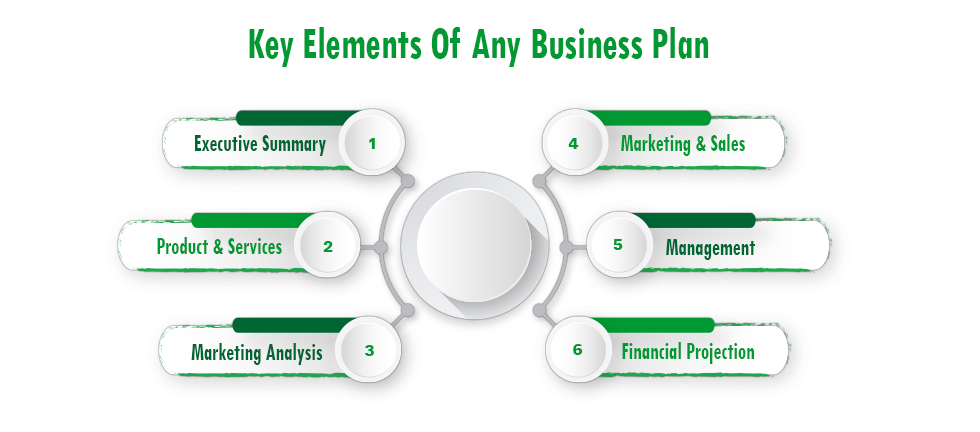Any firm’s establishment, growth, and eventual success depend on the details laid forth in a well-thought-out business plan. These plans lay out a course for the firm to follow and serve as a guide as it expands. Knowing the purpose of the various components of a business plan will help you craft a successful strategy for growing your company.
What makes business strategies crucial?
Business plans clearly outline the steps companies can take to achieve their goals. Business plans outline the steps companies must take to launch and succeed. These strategies may help companies understand their viability, growth, and success.
Why is business planning crucial?
- Describe the company’s resource needs.
- Set a firm deadline for attaining corporate goals.
- It may help a strong enter a new market.
- An easy way to track business growth, it allows company owners to predict and prepare for potential risks
- Assess a company’s viability for investors
Essential elements of a business strategy
There are a few key components that must be included in every business plan if it is to be effective in meeting the goals of the firm. The following are essential parts of a corporate strategy:
1. Executive Summary
It is a business plan’s first and most critical element. This summary summarises the business plan’s topics and provides an overview. Lasting the executive summary might help you comprehend and communicate your intent.
Your executive summary includes your company’s mission statement and goods and services. If it’s a new business, please elaborate on why you’re initiating this.
2. A Synopsis of the Company
This part aims to summarize your company’s mission, primary goals, essential services, and intended clientele. Remember to include the industry your company wants to serve, relevant trends, and direct competitors in that area. When describing your company, highlight your expertise in the field and what makes your team stand out from the others.
3. Strategic Market Analysis and Planning
The market analysis and strategy section of a business plan specify the kind and location of the company’s intended customer base.
- Geographic locations of target markets
- Clients’ major issues
- How your products or services may meet your target market’s top wants
- Your target market’s demographics, including both online and offline venues
This section aims to identify your target market so that you can make strategic assumptions about the degree to which your product or service will resonate with that market.
4. Plan for Marketing and Sales
This component of your company strategy outlines how you’ll advertise and sell your products. This paragraph contains the following:
- Your business’s goods and services prices
- Your sales approaches
- Why your potential customers should choose your company
- Your unique selling proposition
- The method(s) by which you intend to introduce your wares and services to your intended market
5. Description of the Management and Organization
In the following, please provide a summary of your company’s management team’s qualifications, experience, and responsibilities. You might also talk about your business’s HR needs and legal framework. In this area of your business plan, you will detail the management and structure of your firm.
6. Describe the Goods and Services you provide.
Use this section to elaborate on the particular products and services your company offers that you stated in the executive summary. It includes how you intend to make them, how long they can last, what specifications they can meet, and the possible production cost. Include any relevant information about your products and services.
7. Analyze Competition
Add a competitive study that compares your company to others. How does your firm compare to your competitors’ faults and strengths? Include your competitors’ market advantages. Explore what makes your business distinct from others in the sector and any possible market entry concerns, if relevant.
8. Business and Operational Model
Your business activities are described in this area of your business model. Include the locations and methods used by your company, such as shipping logistics or patents. The operational plan outlines human processes, such as how many staff you expect to hire.
9. Financial Requirements and projections
Your company plan’s financial section discusses how you’ll make money. This section outlines business finance sources and quantities. Include financial statements, analysis, and cash flow projections.
Appendices, exhibits
The final portion of your business strategy includes supporting details. Exhibits and appendices can help investors comprehend the research behind your business plan. This section contains the following:
- Executive and stakeholder resumes
- Permits market research
- Marketing materials
- Documentation
- Product images
- Reports
Infocrest is the world’s preeminent business planning and consultancy firm, having operational headquarters in India and clients worldwide. contact@infocrest.in or call +91 97550 21730 if you want to make a compelling Business Plan.

